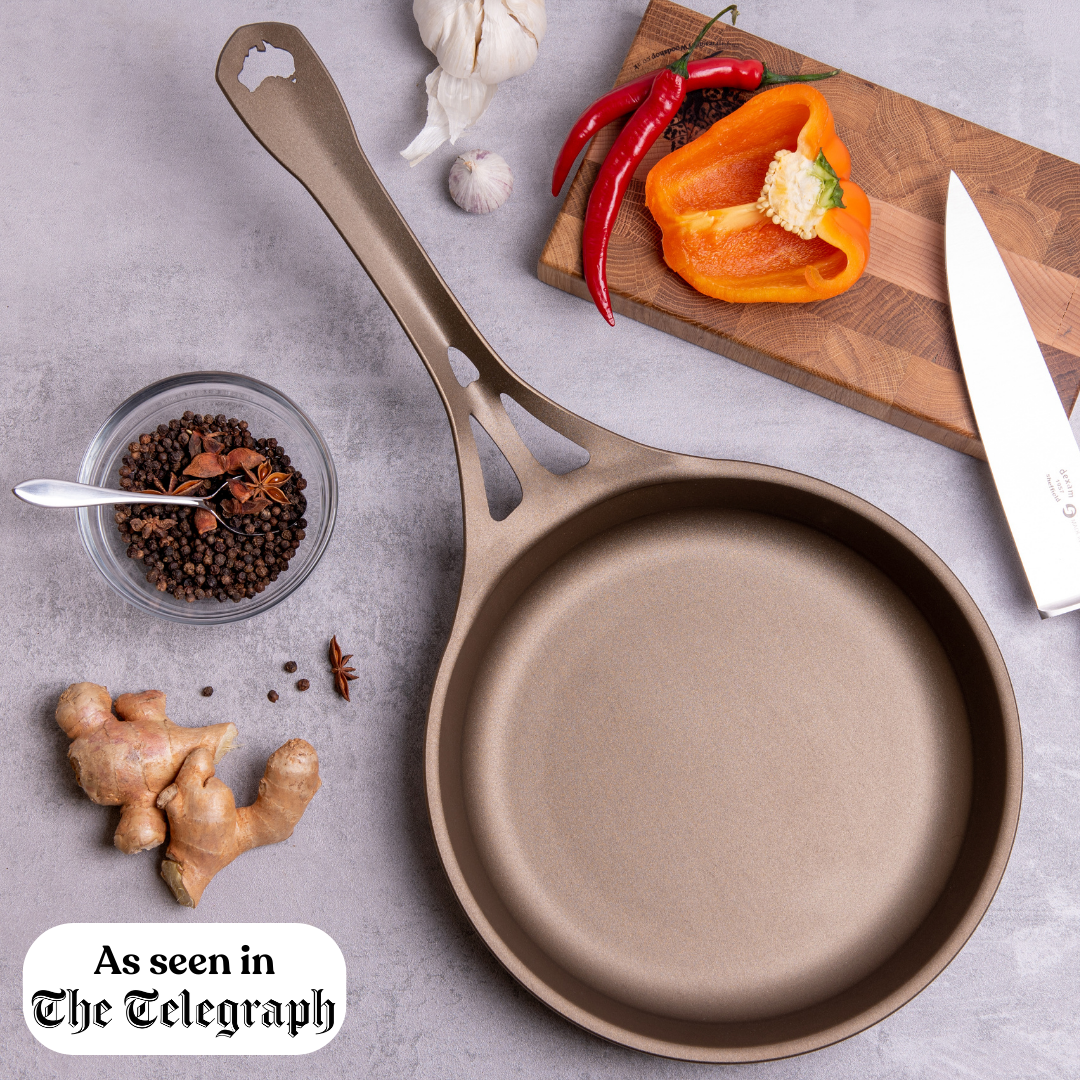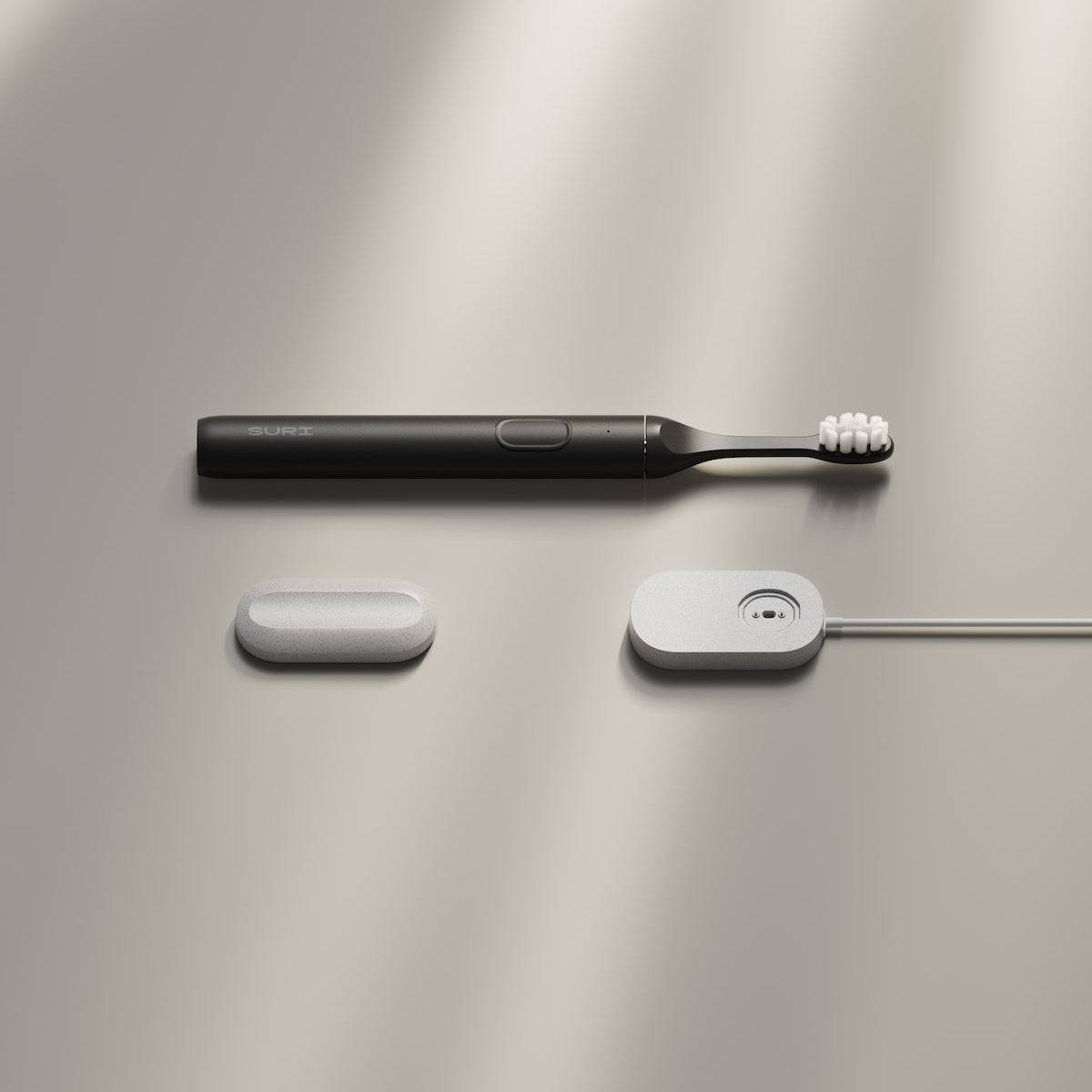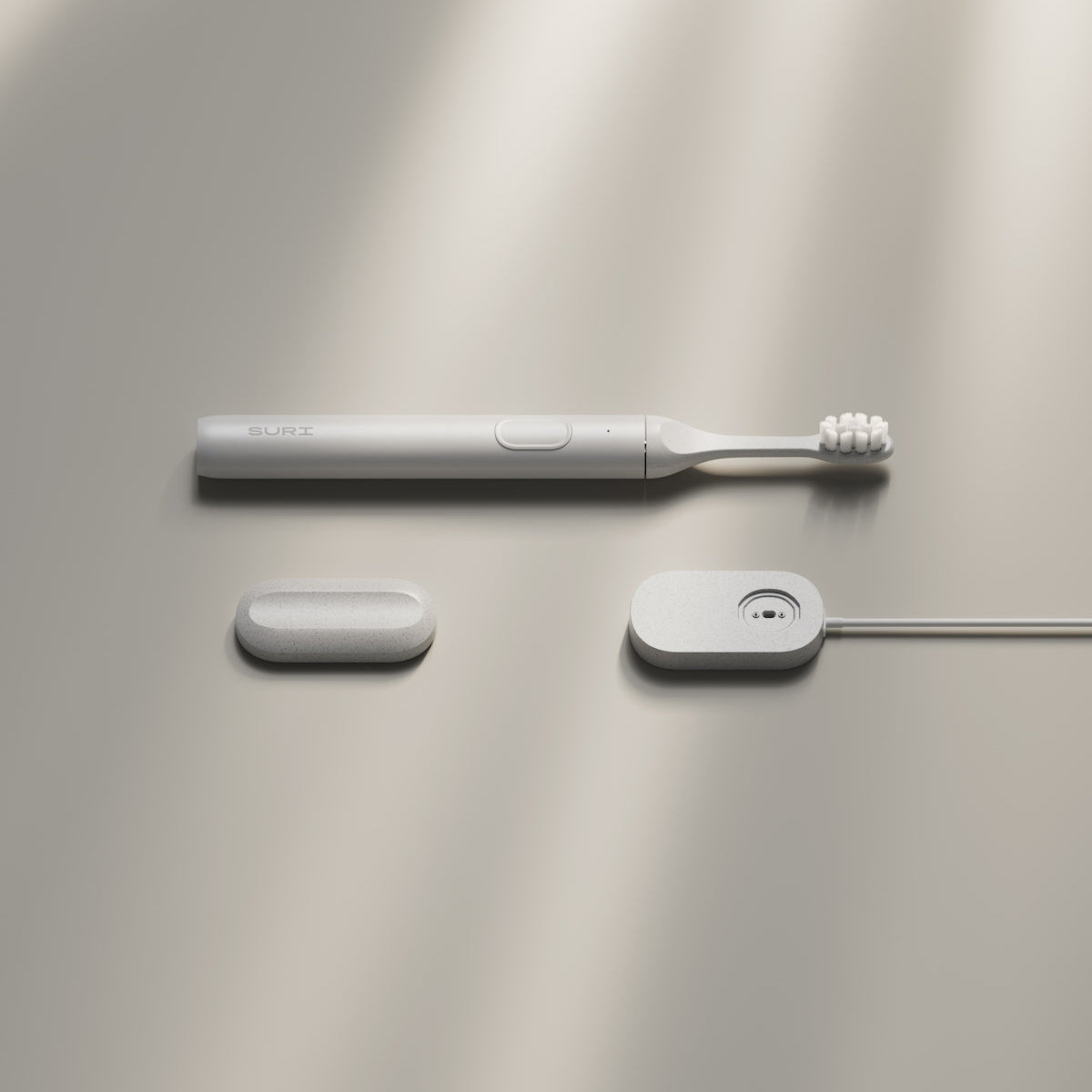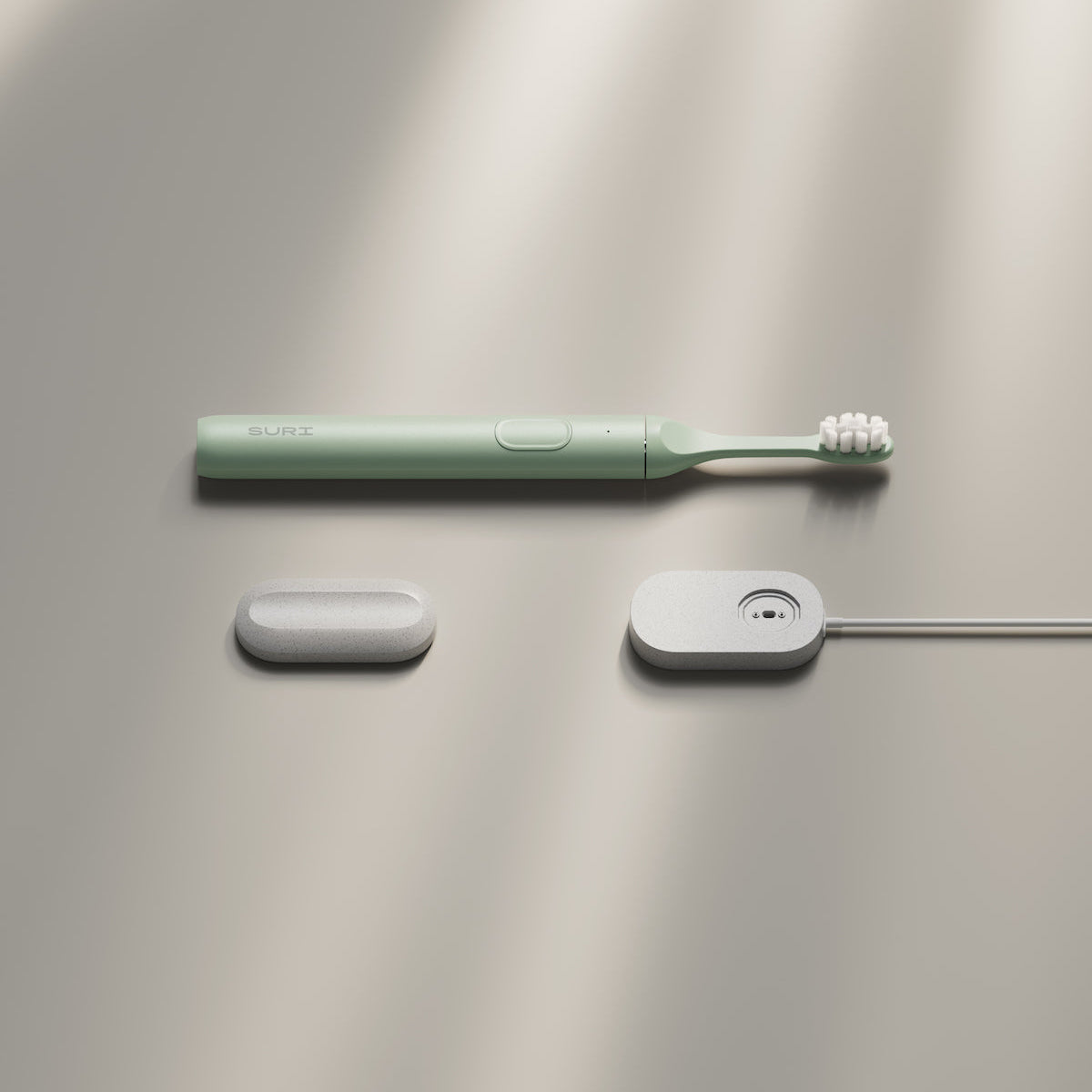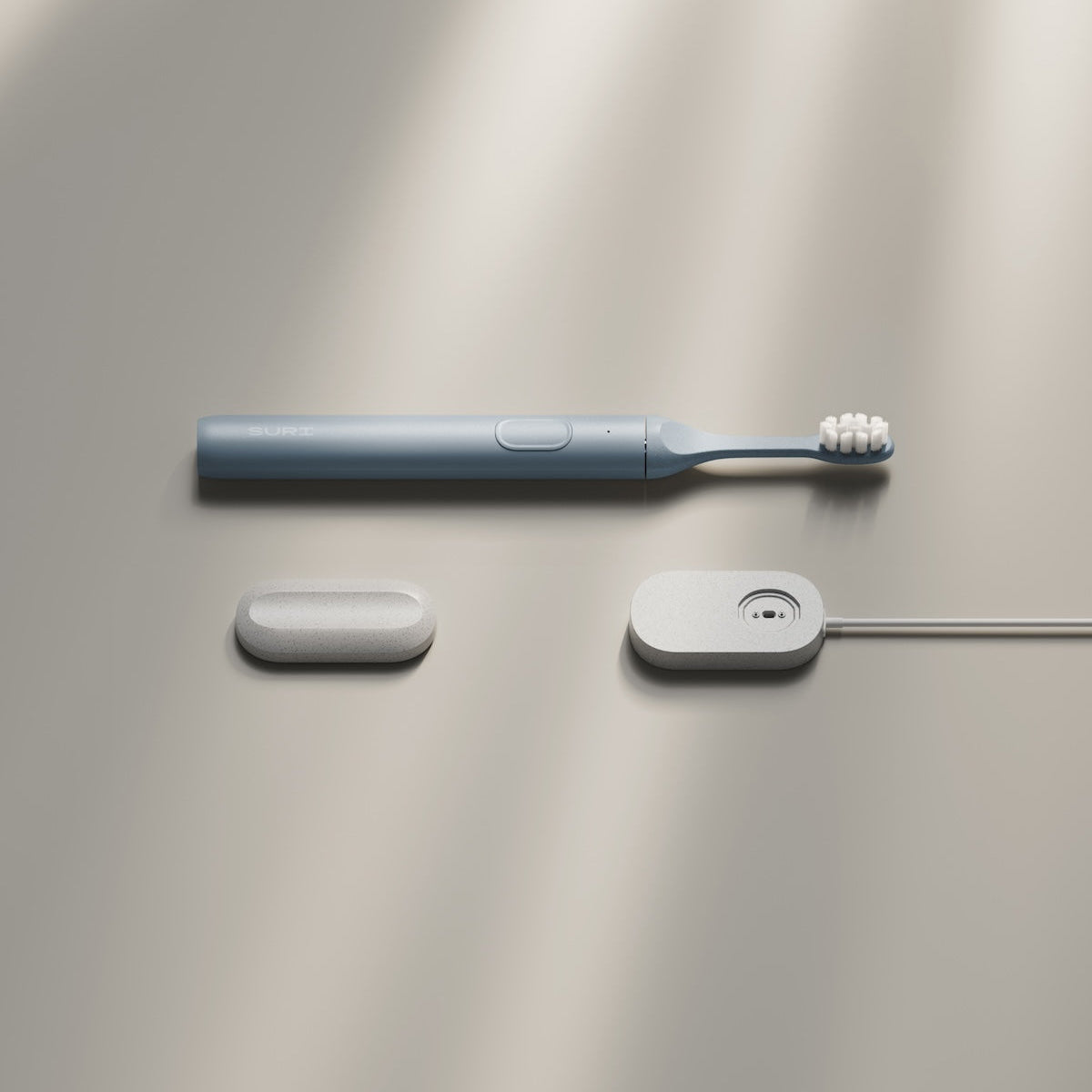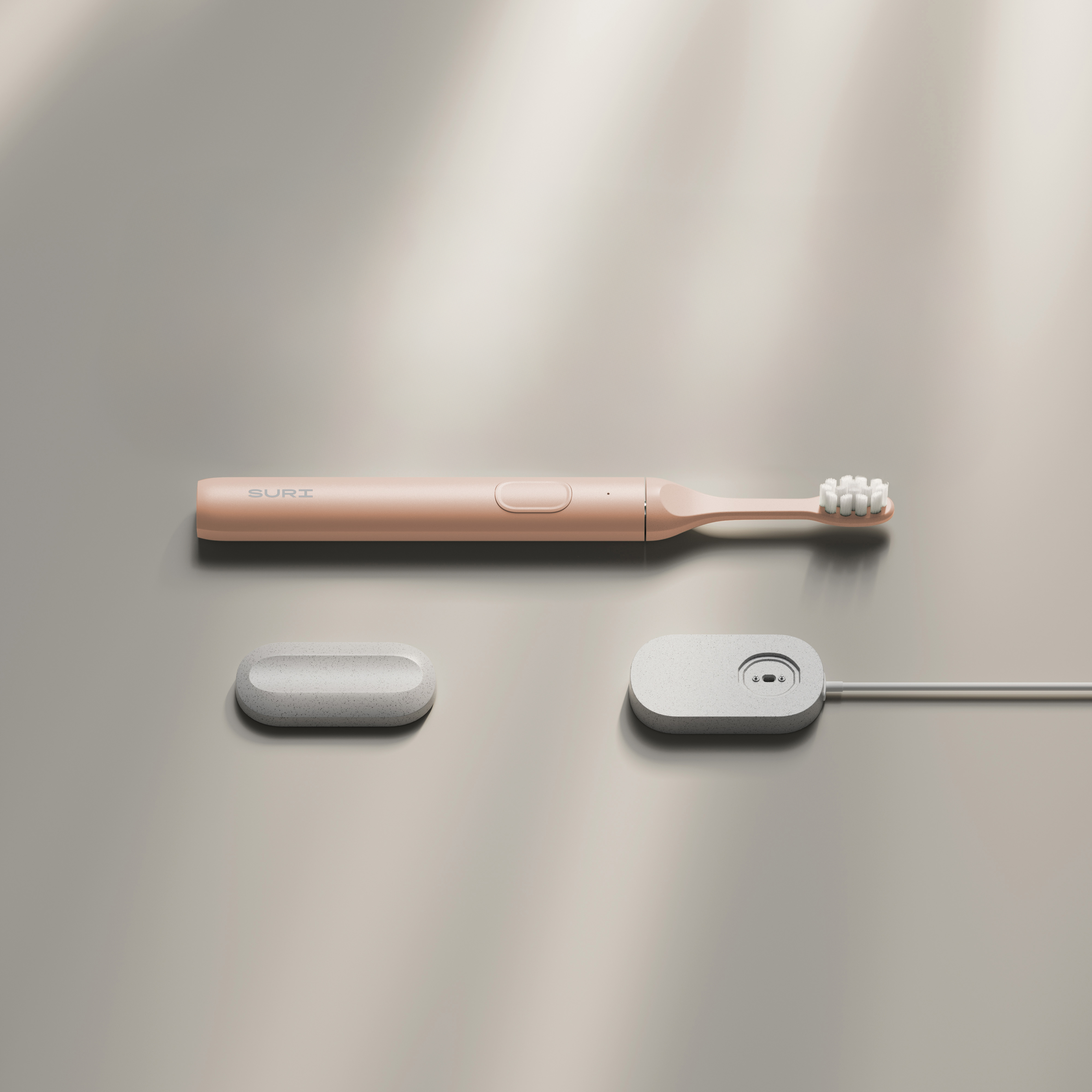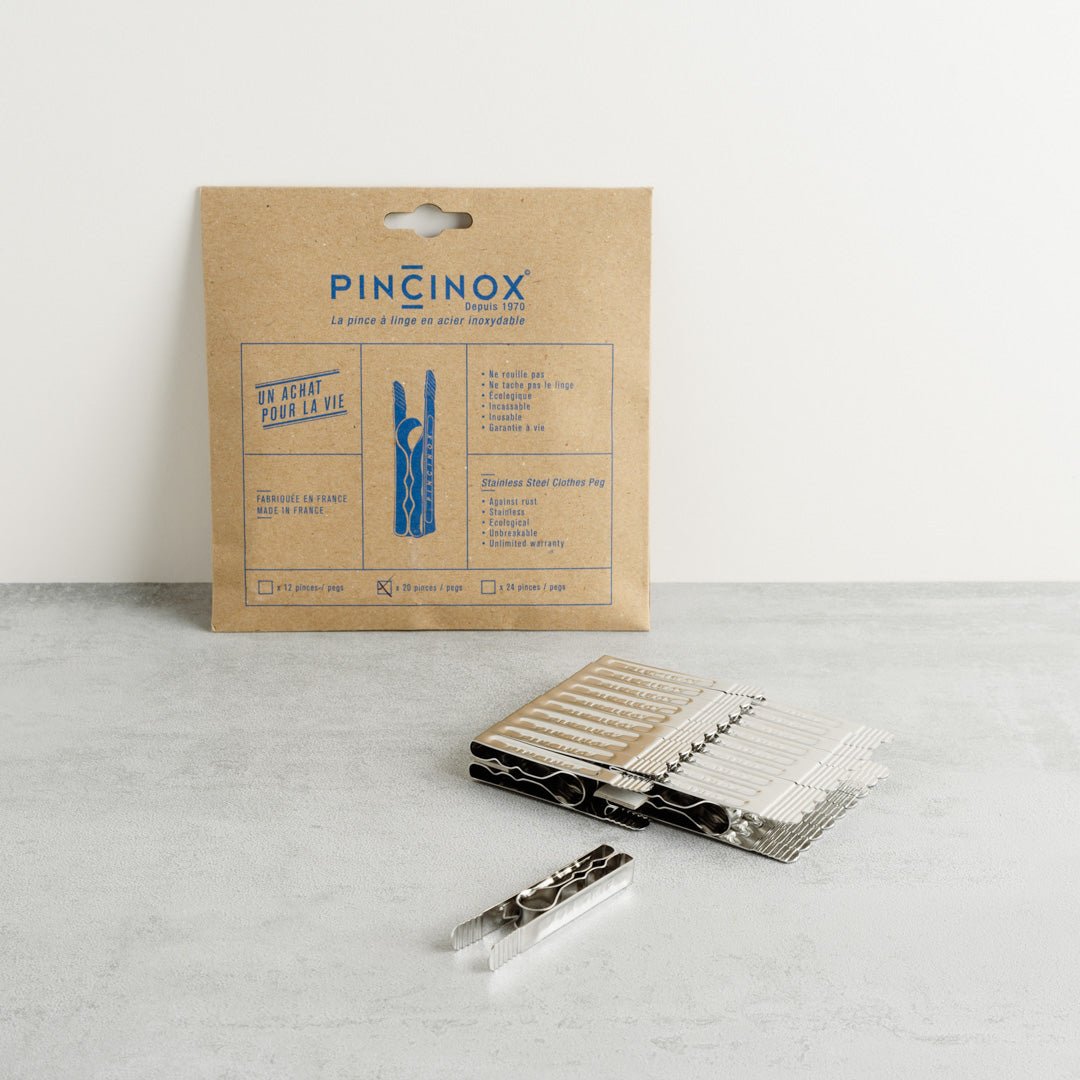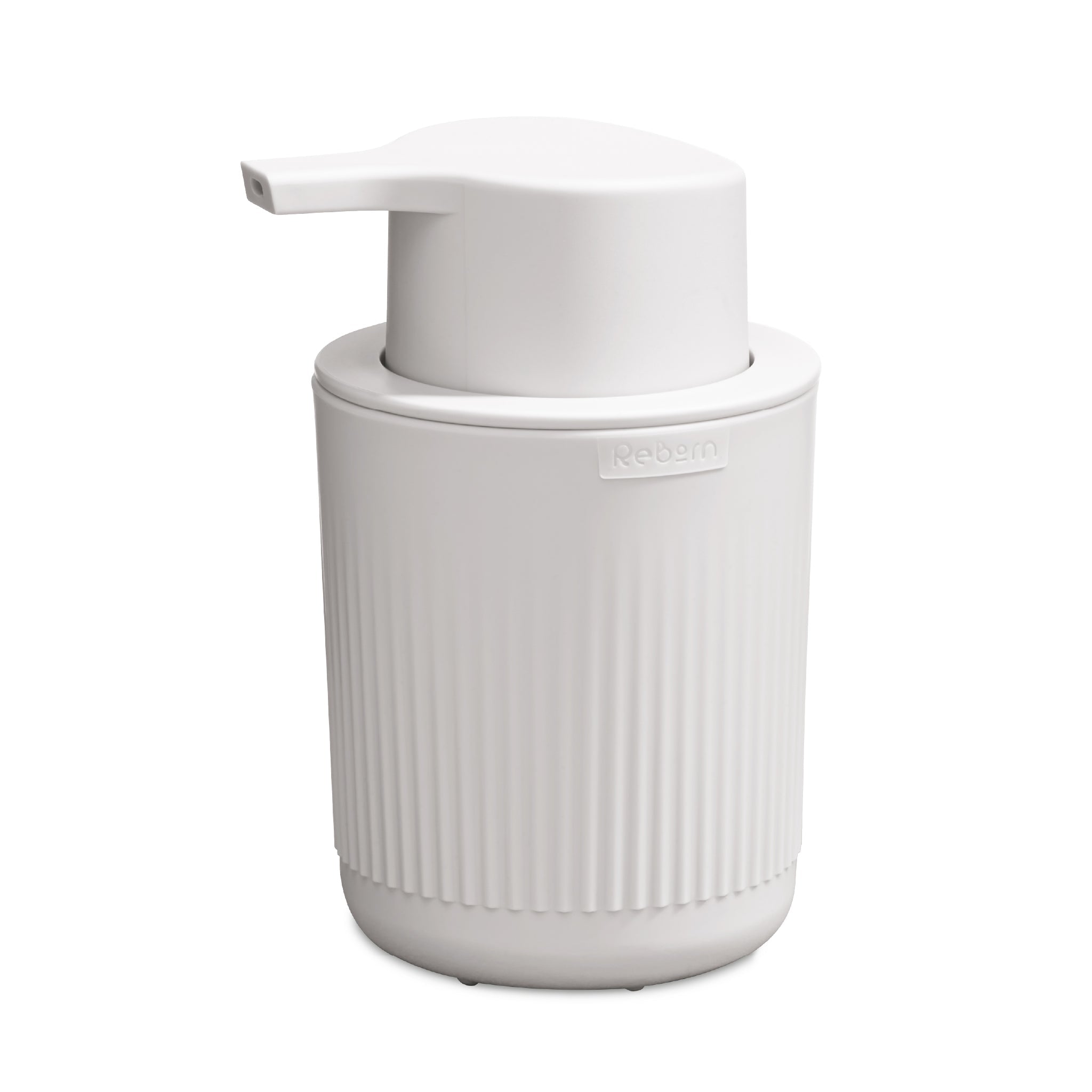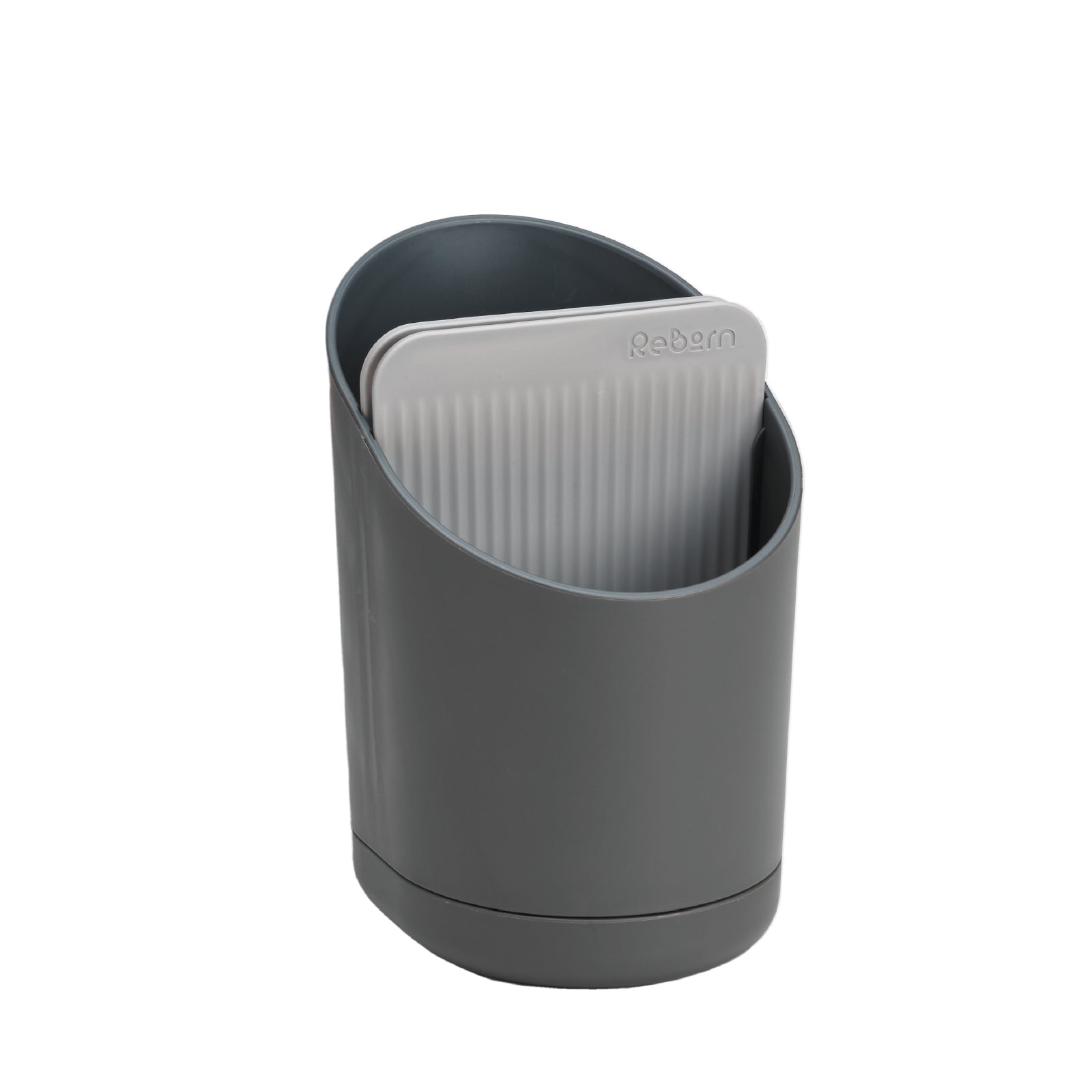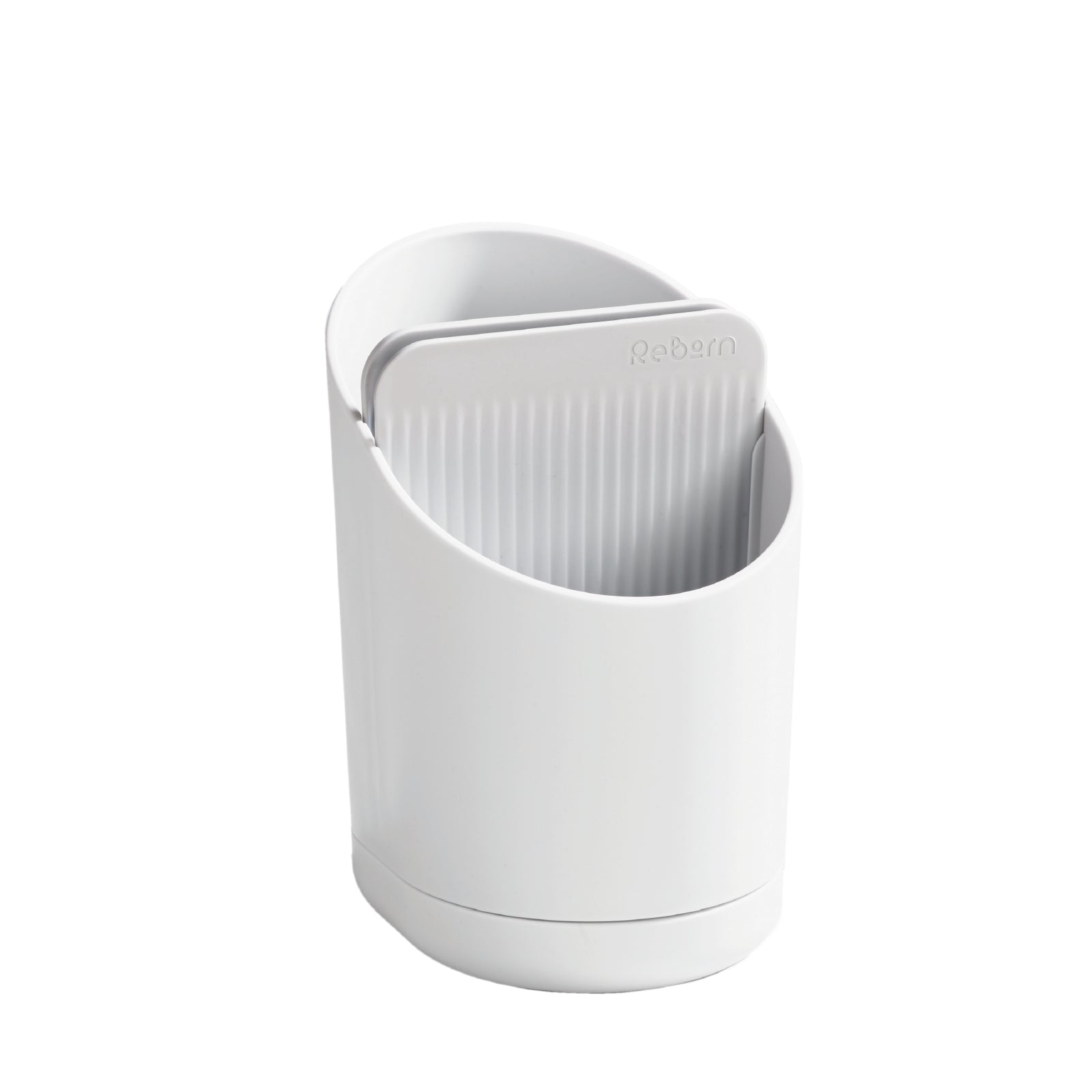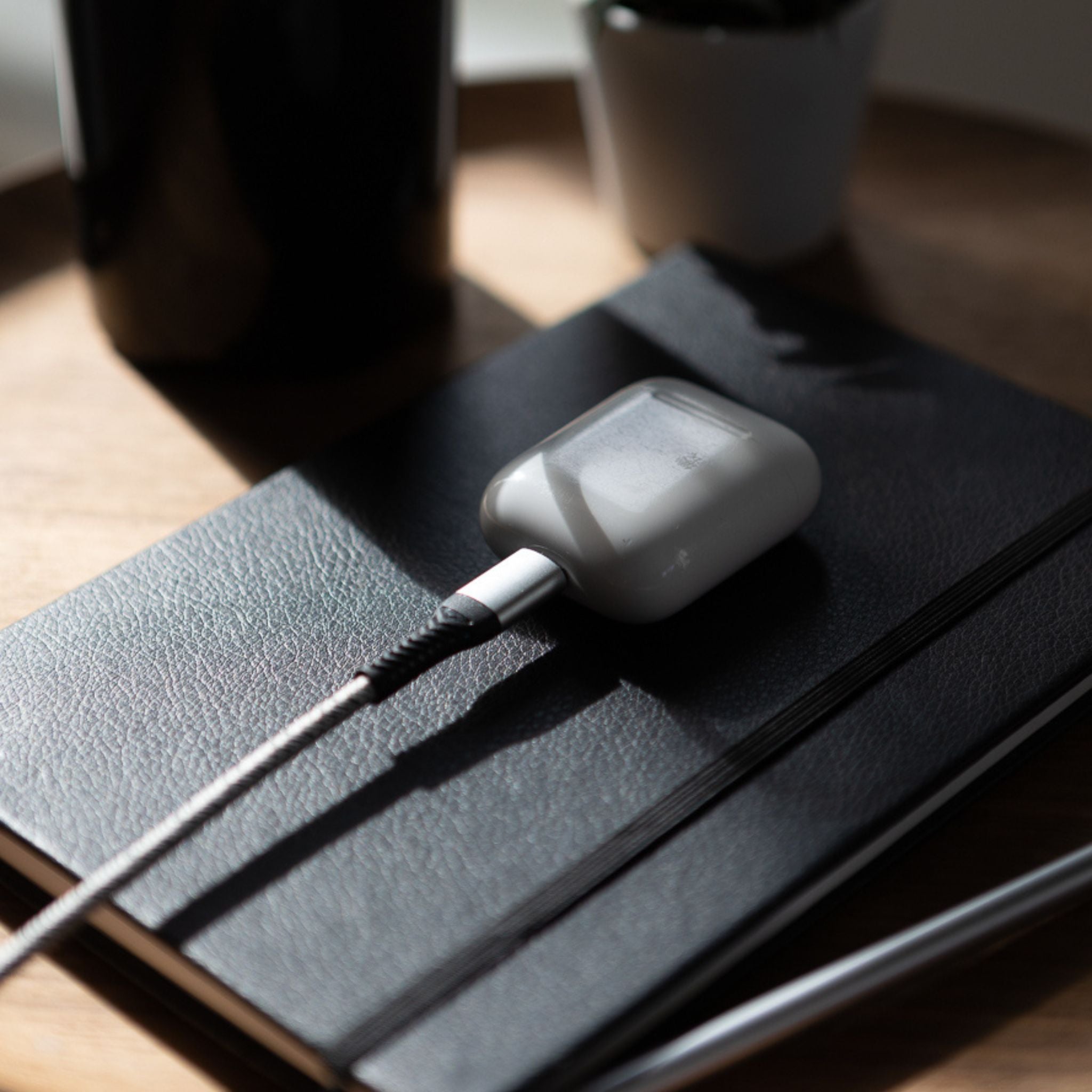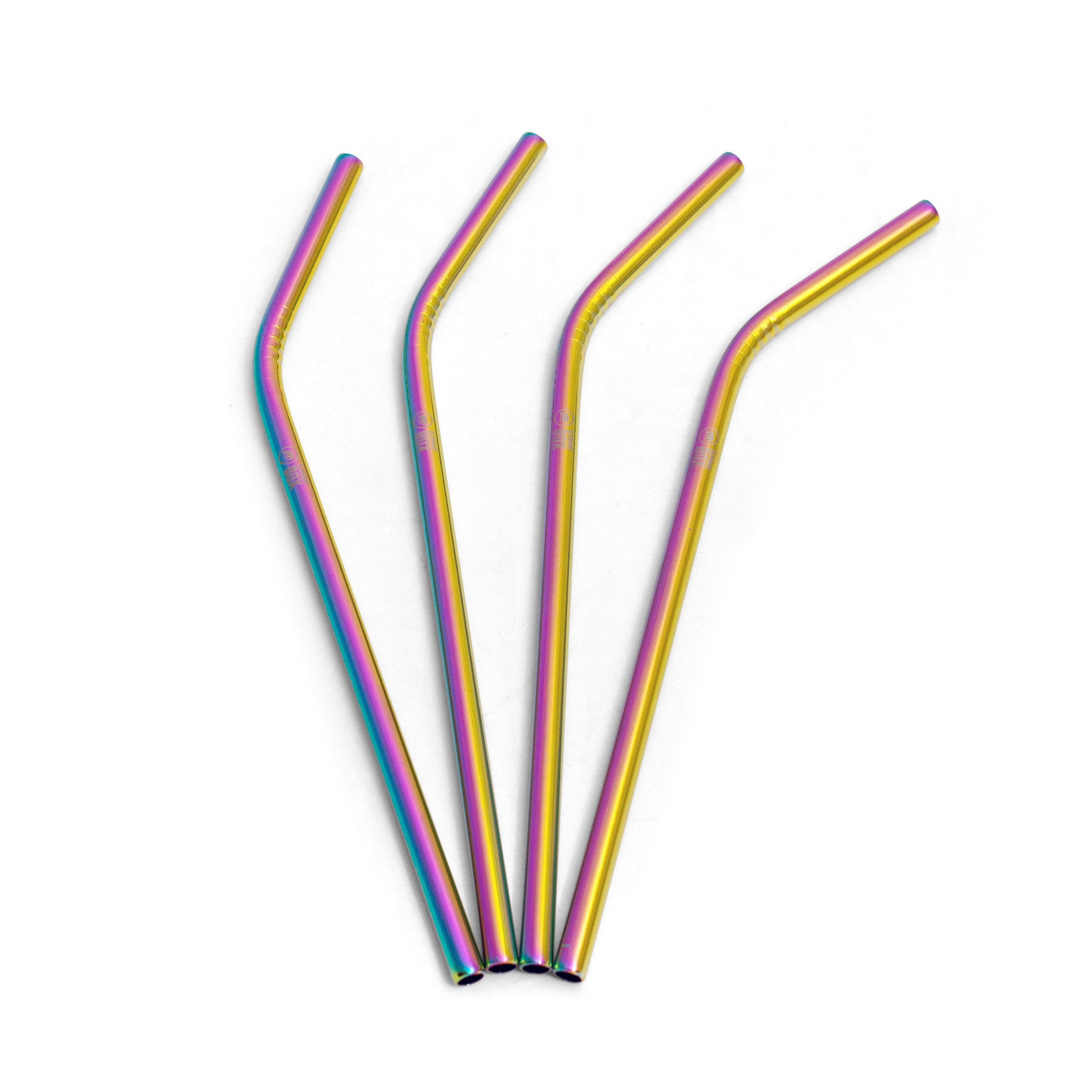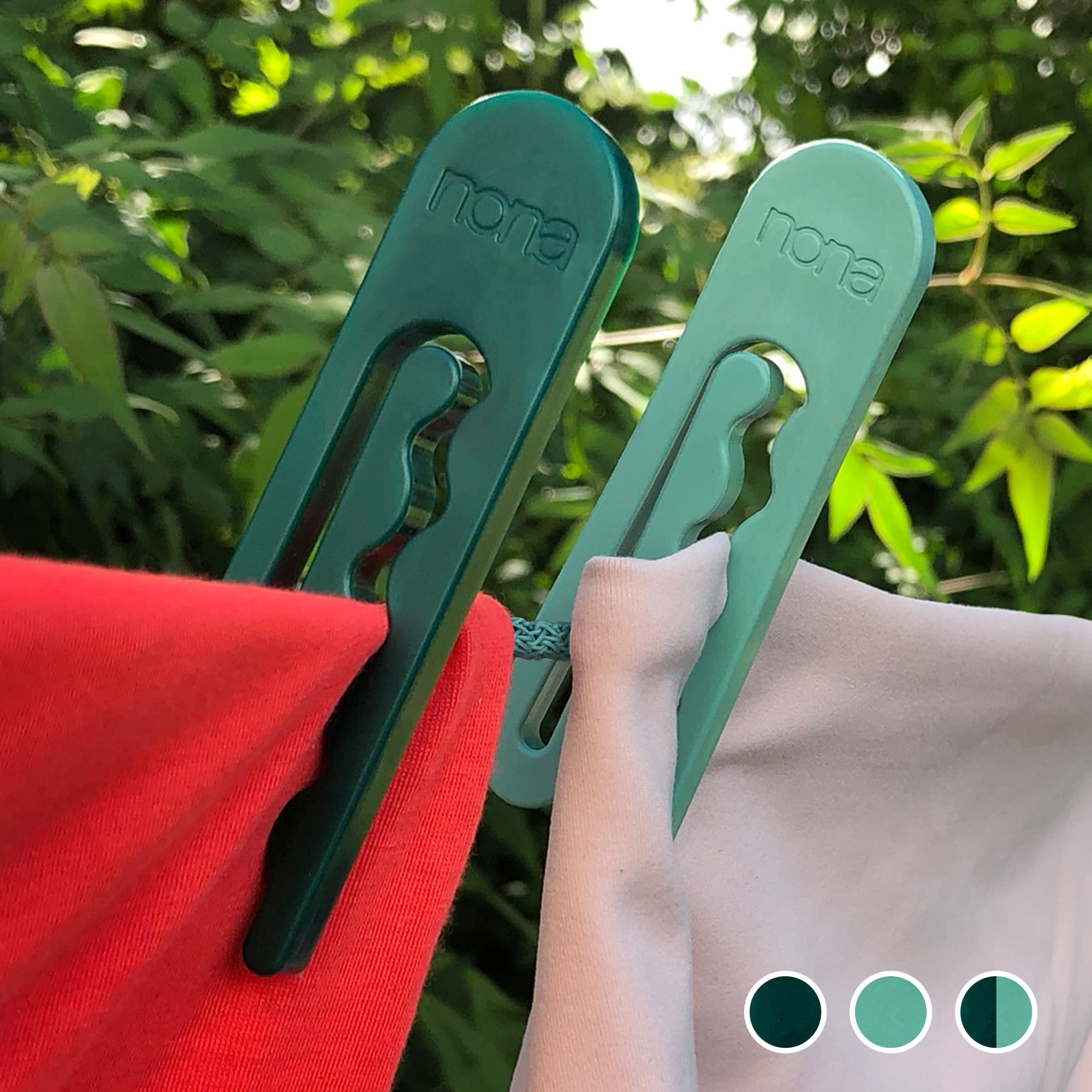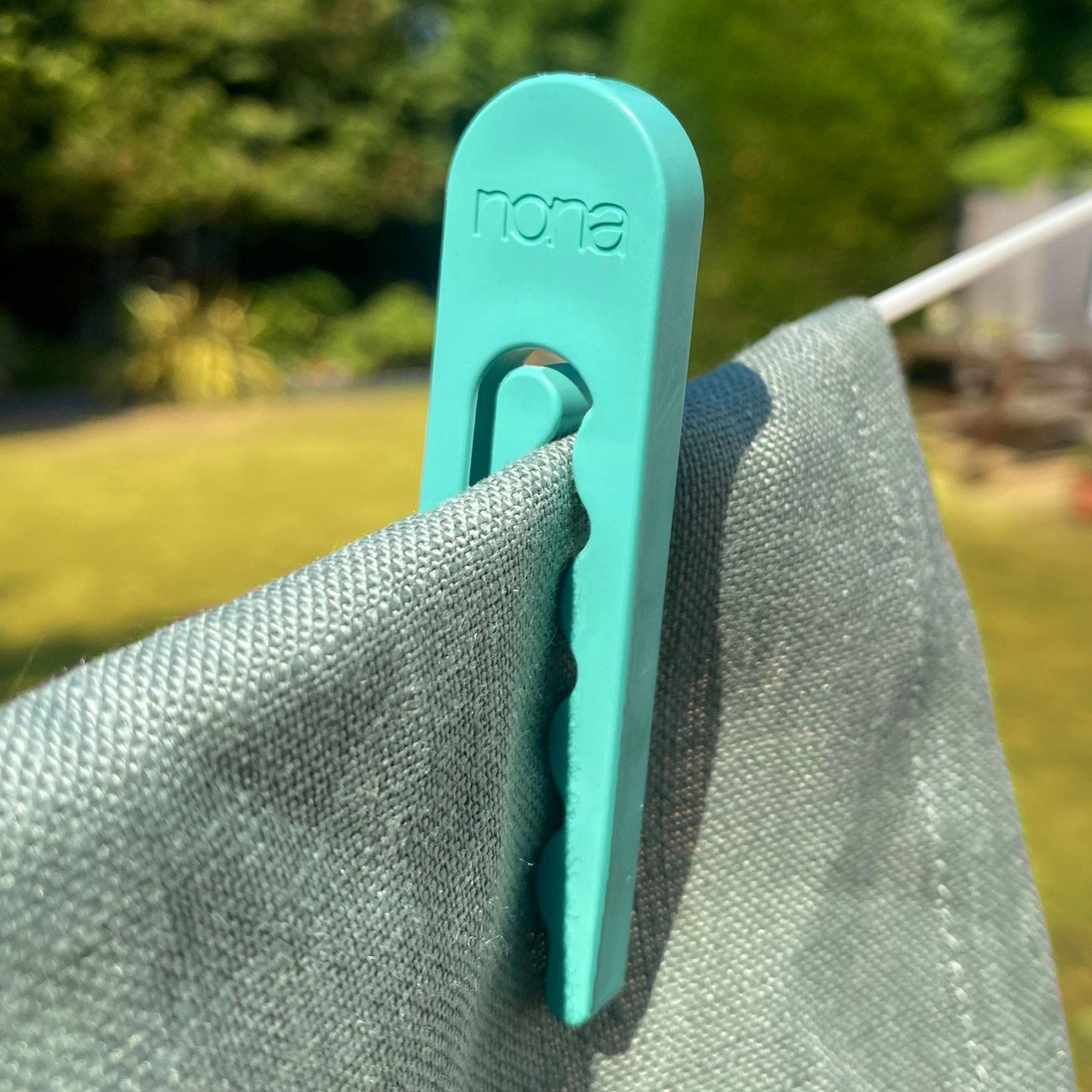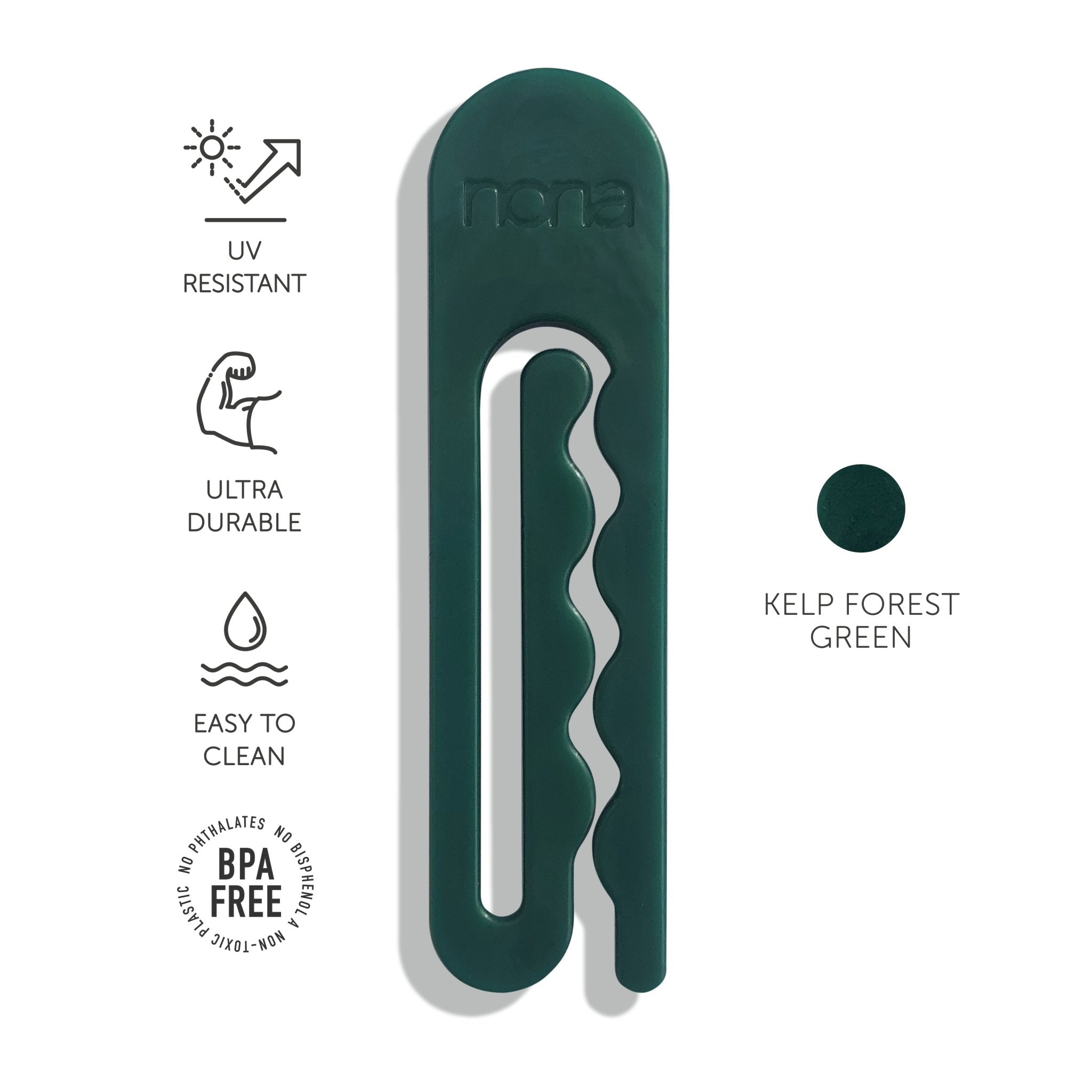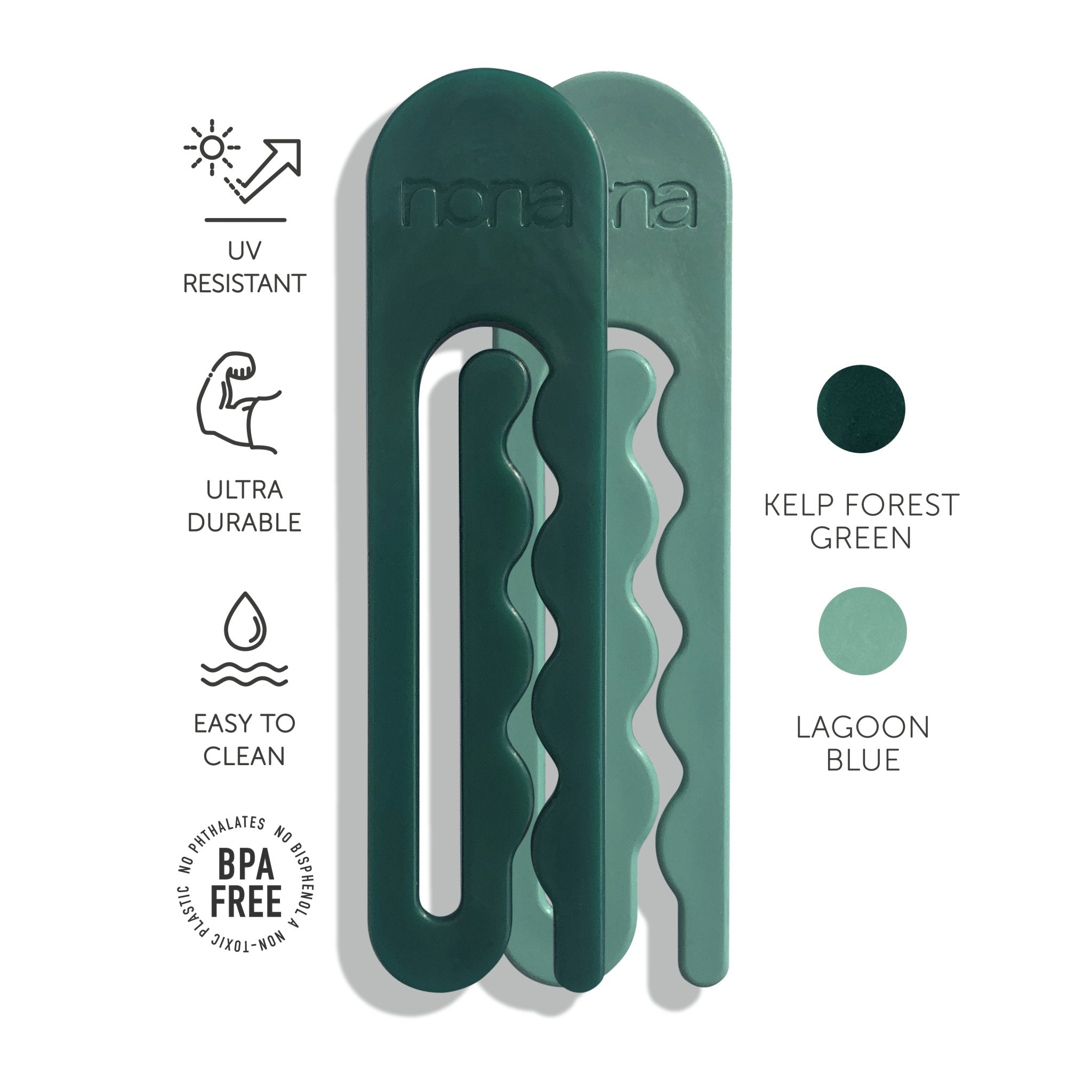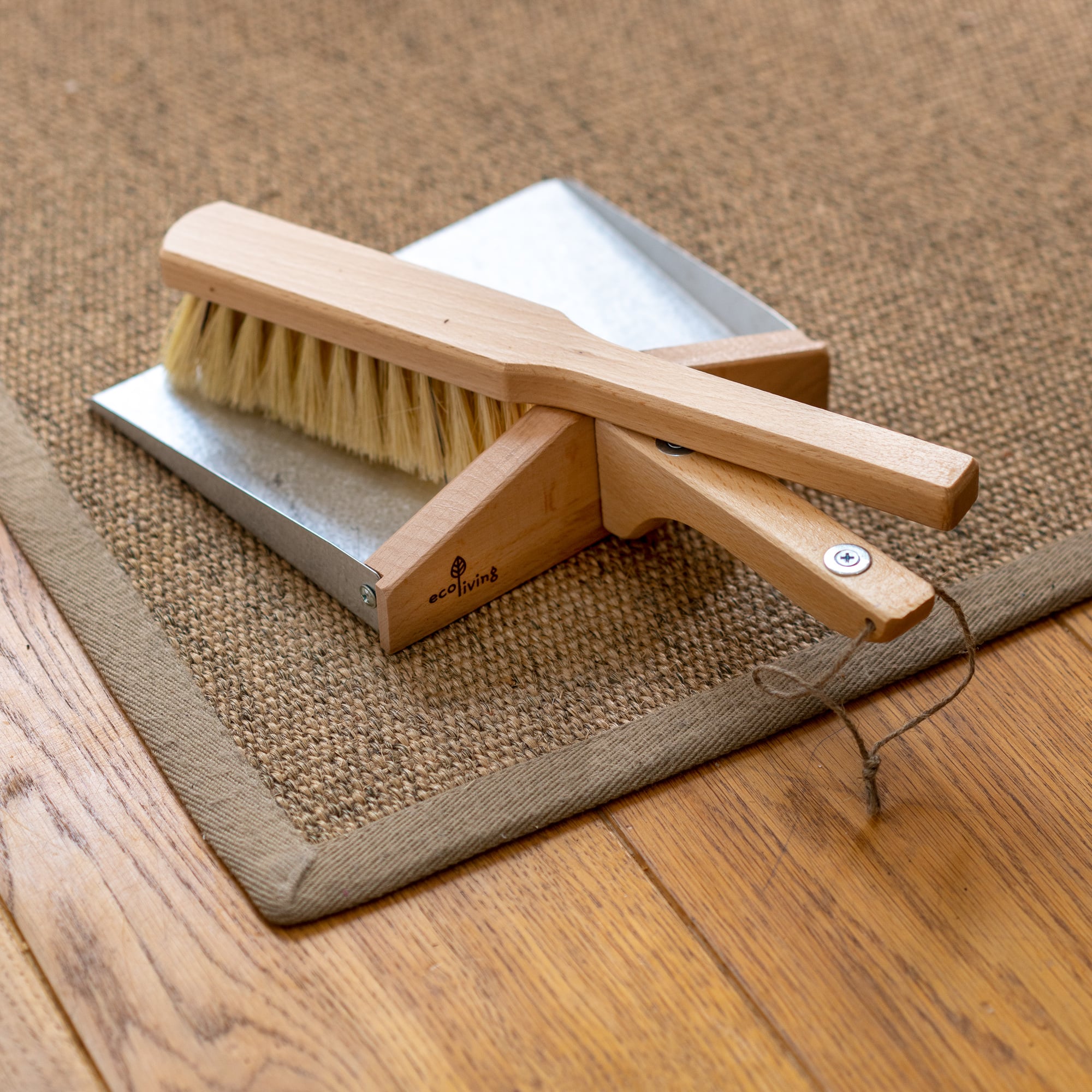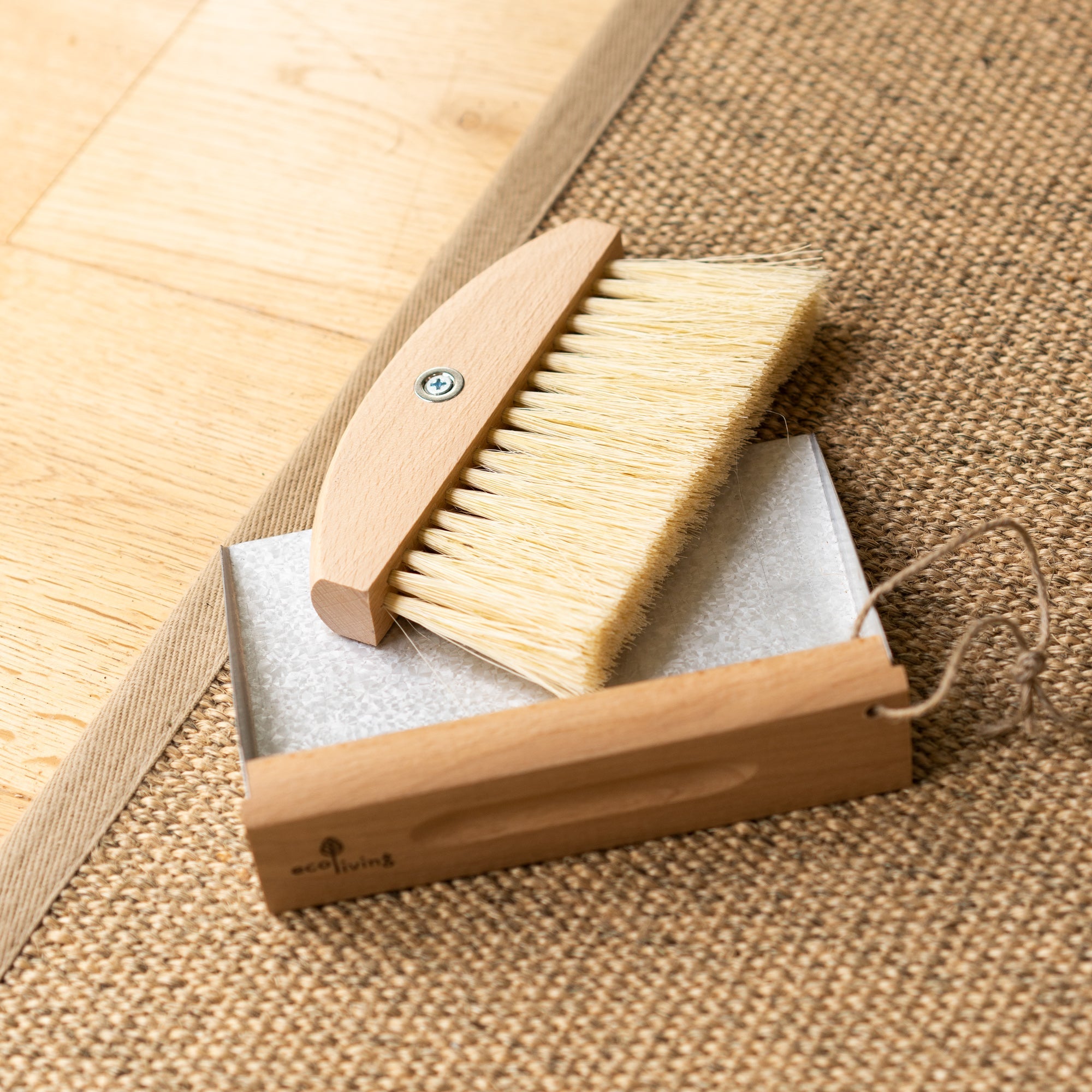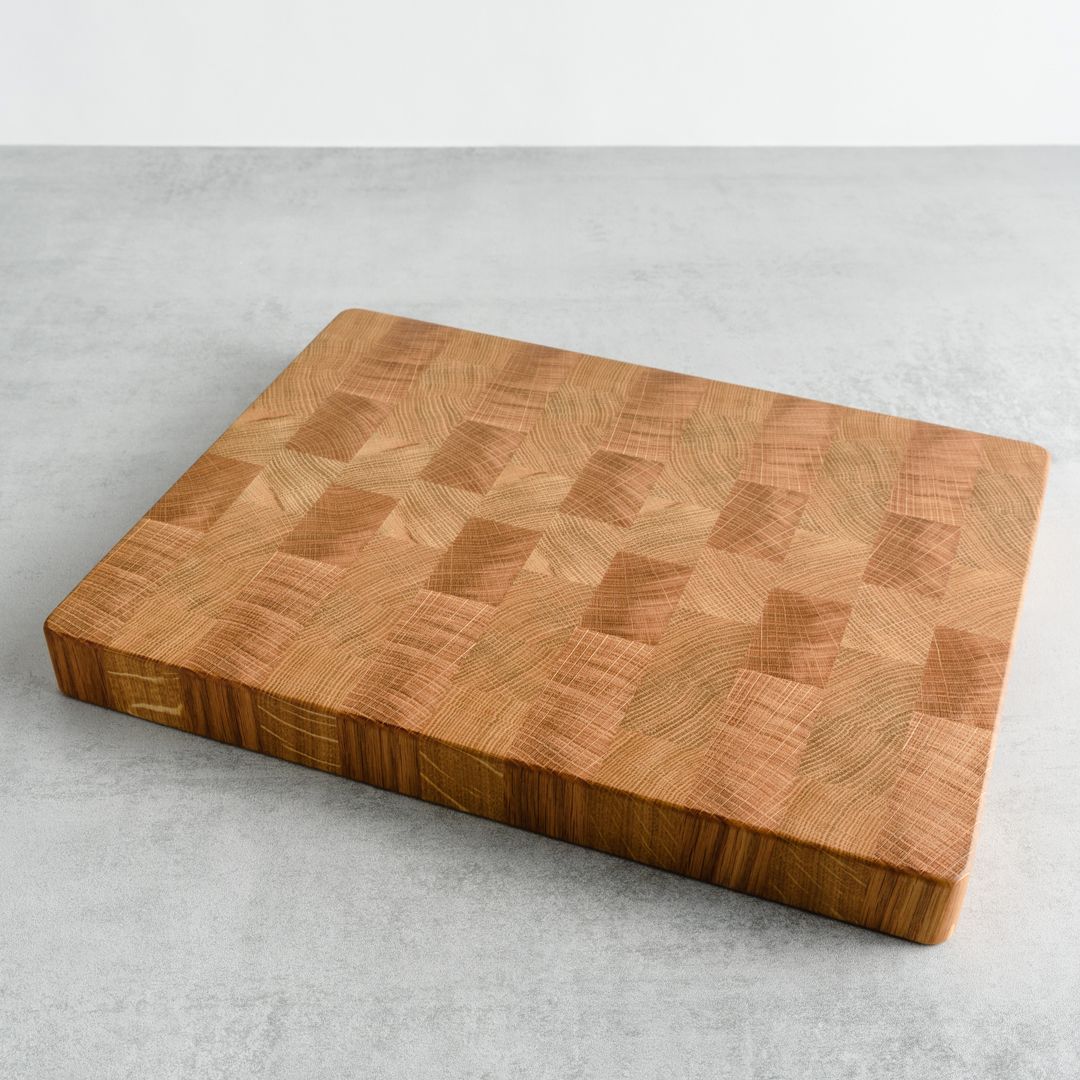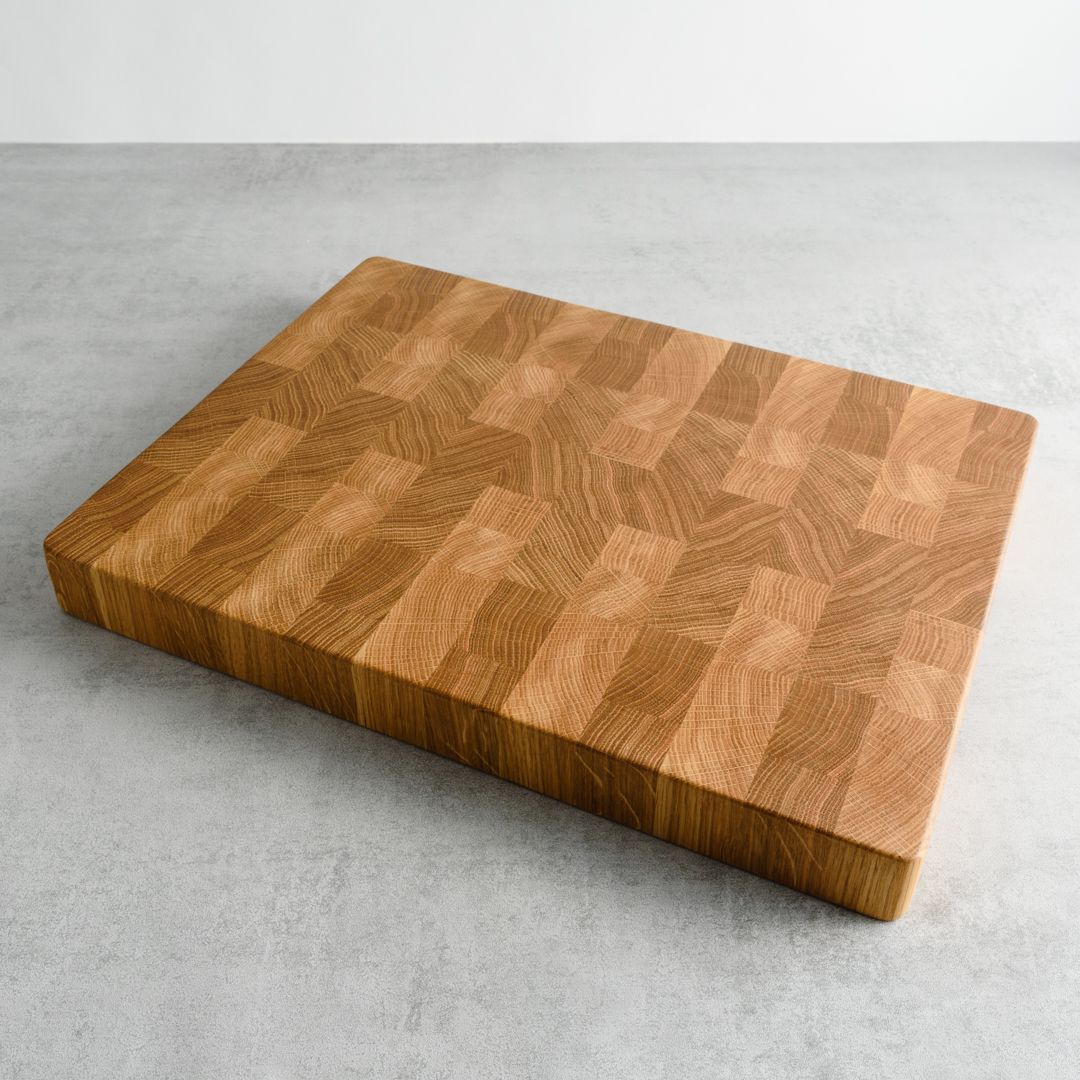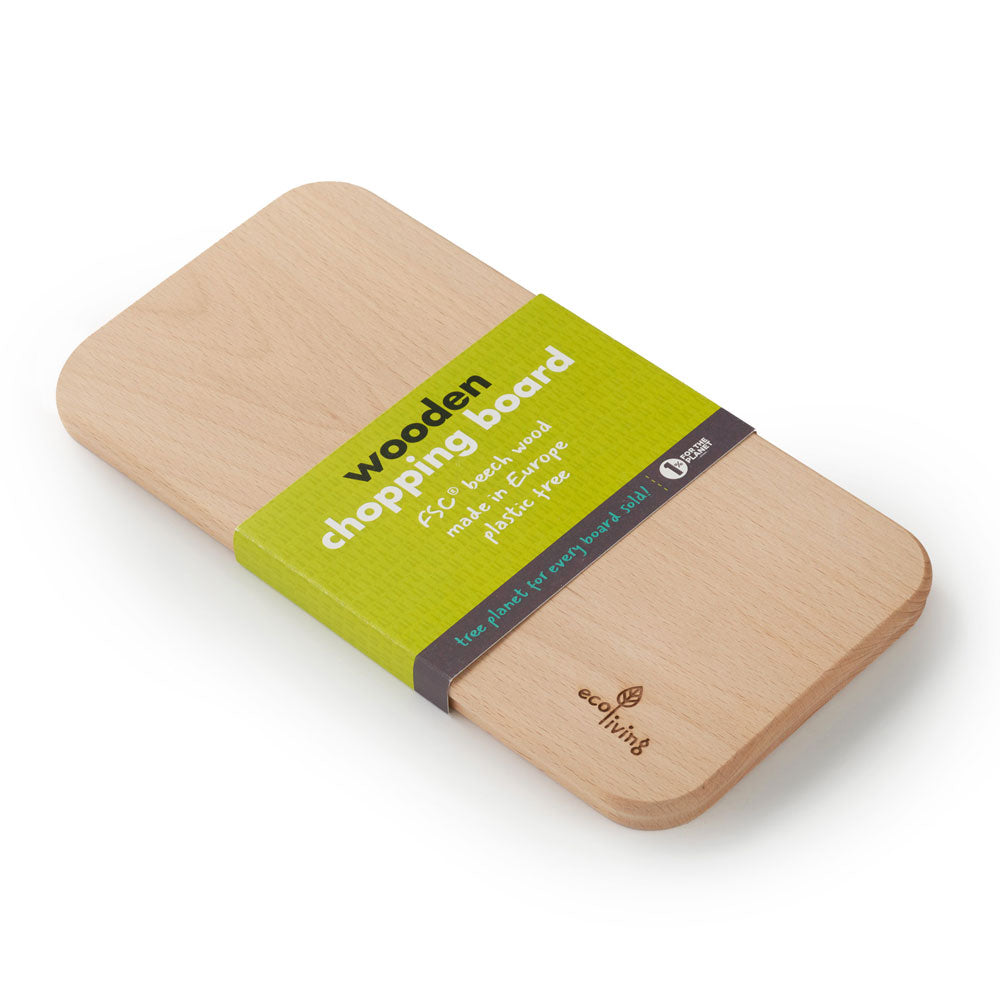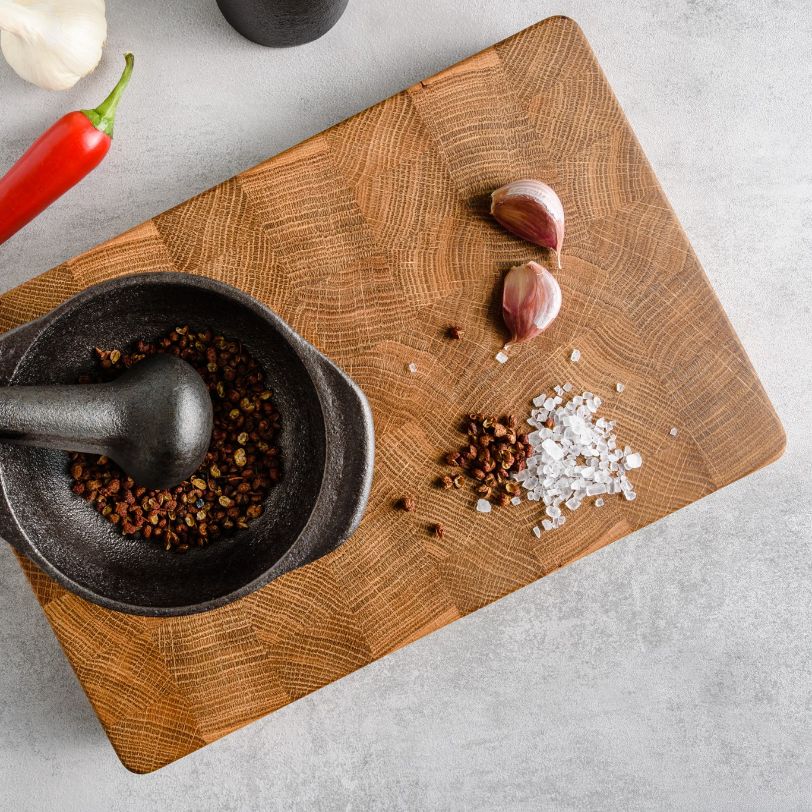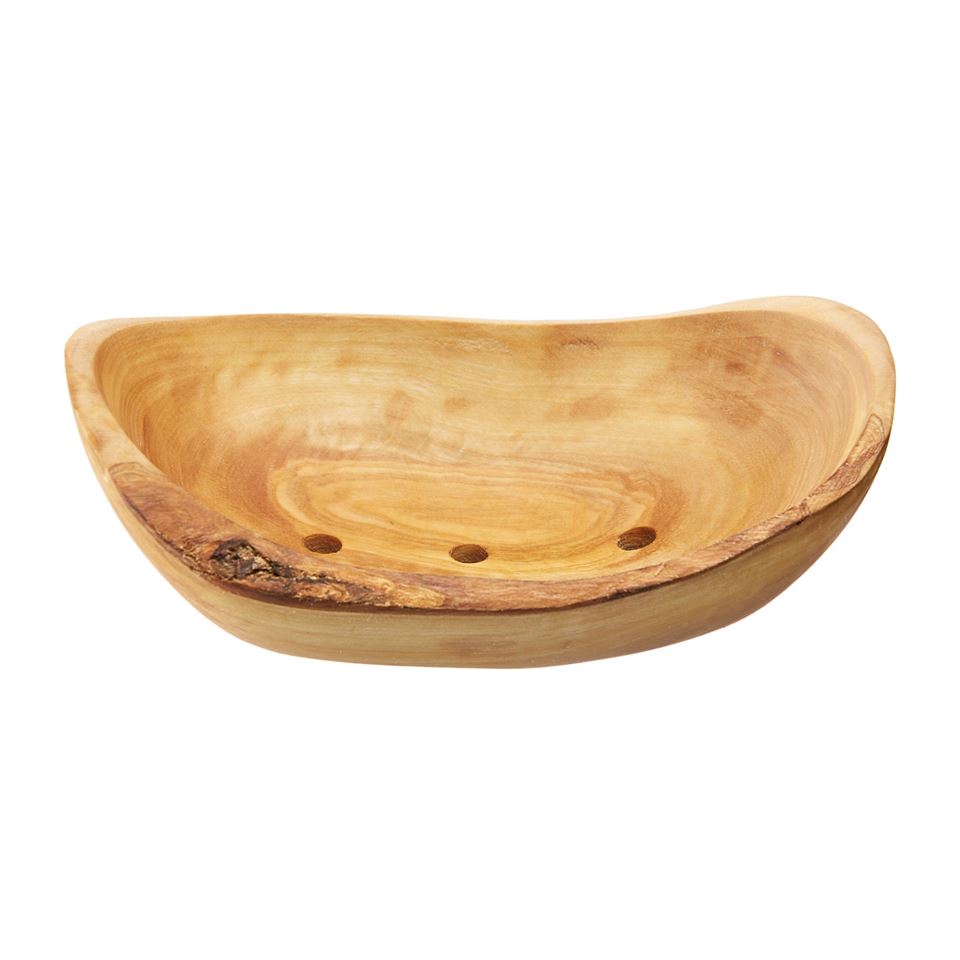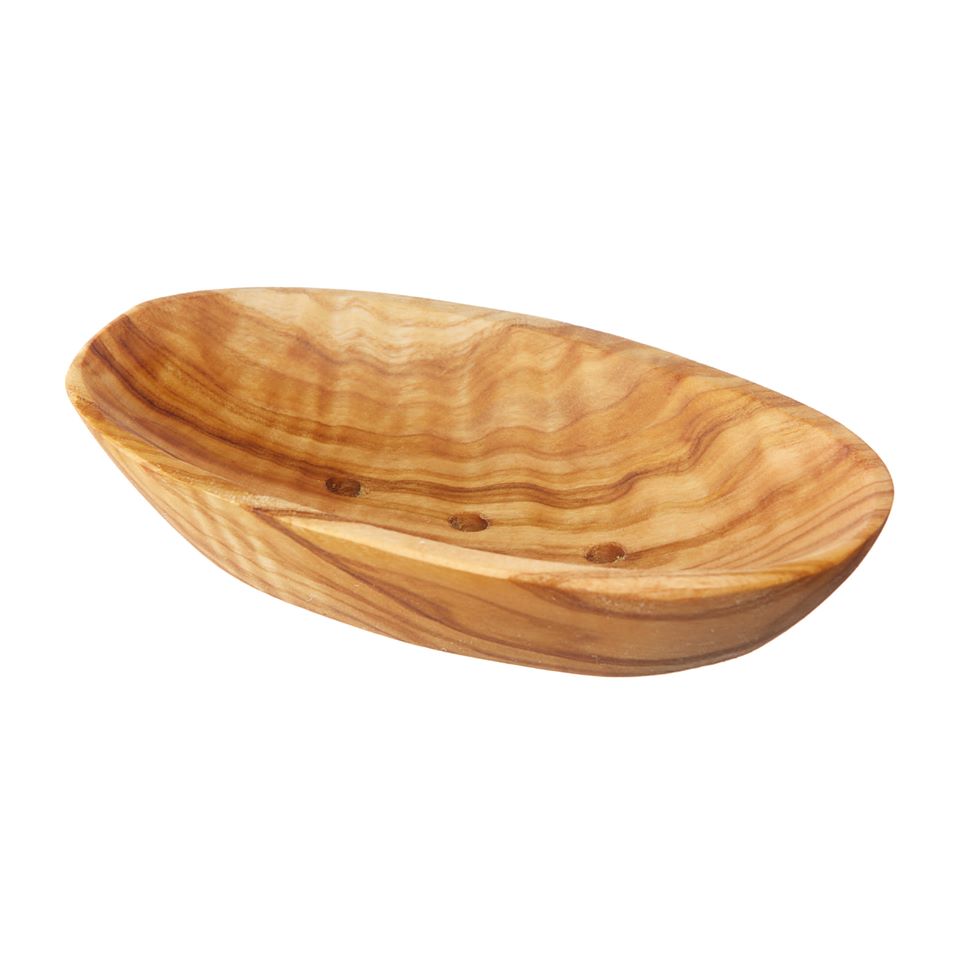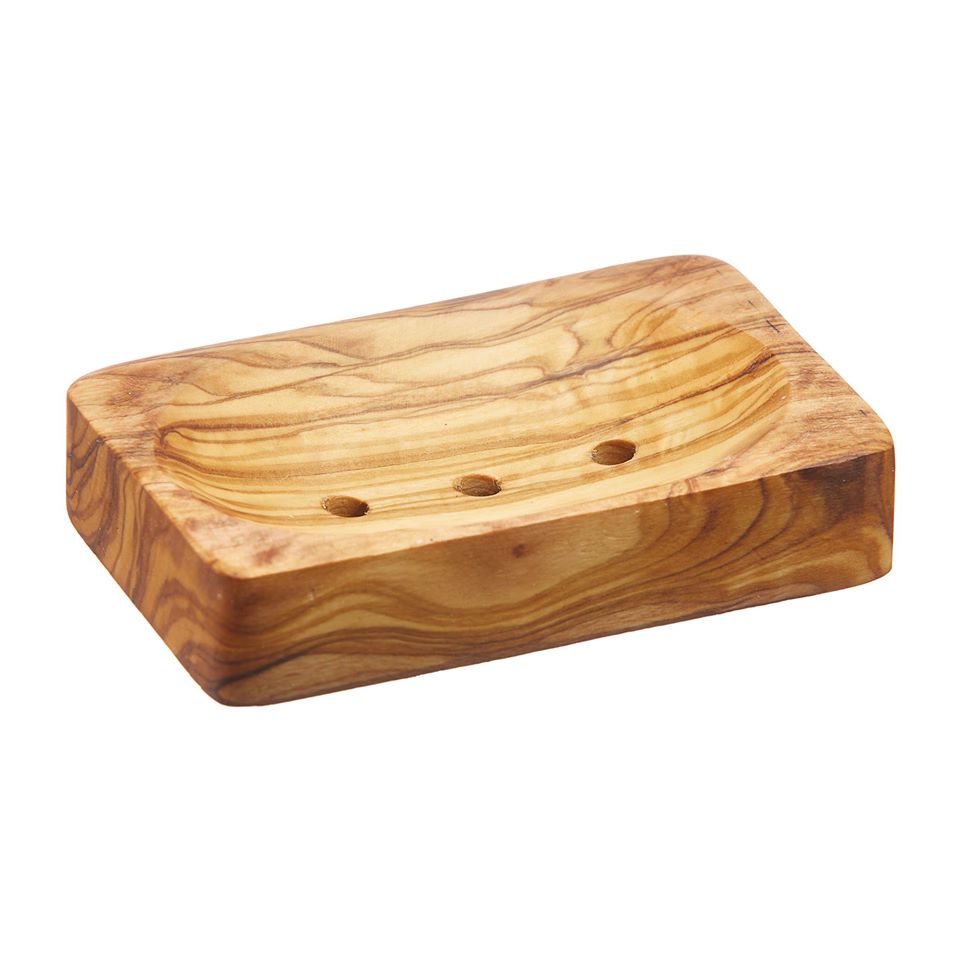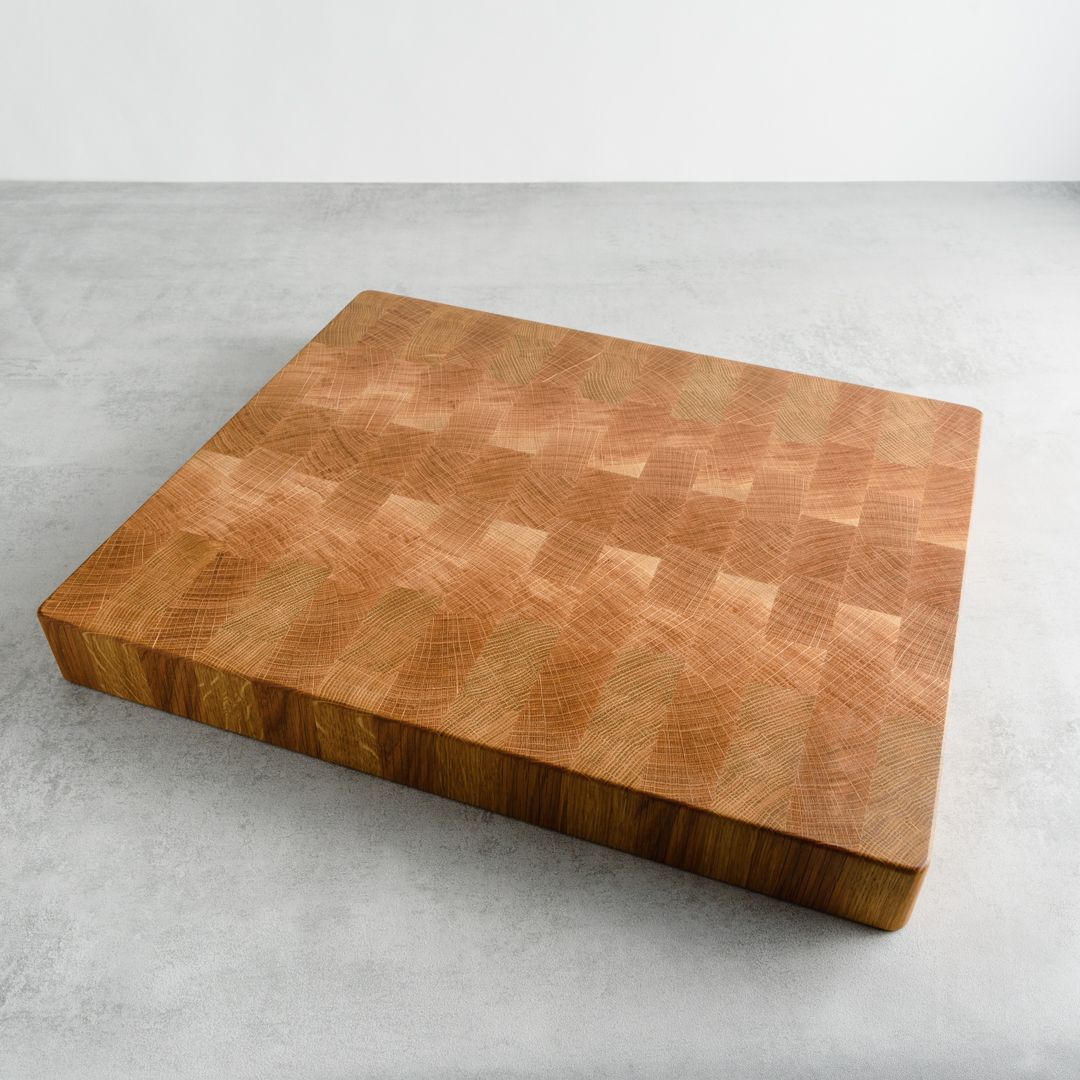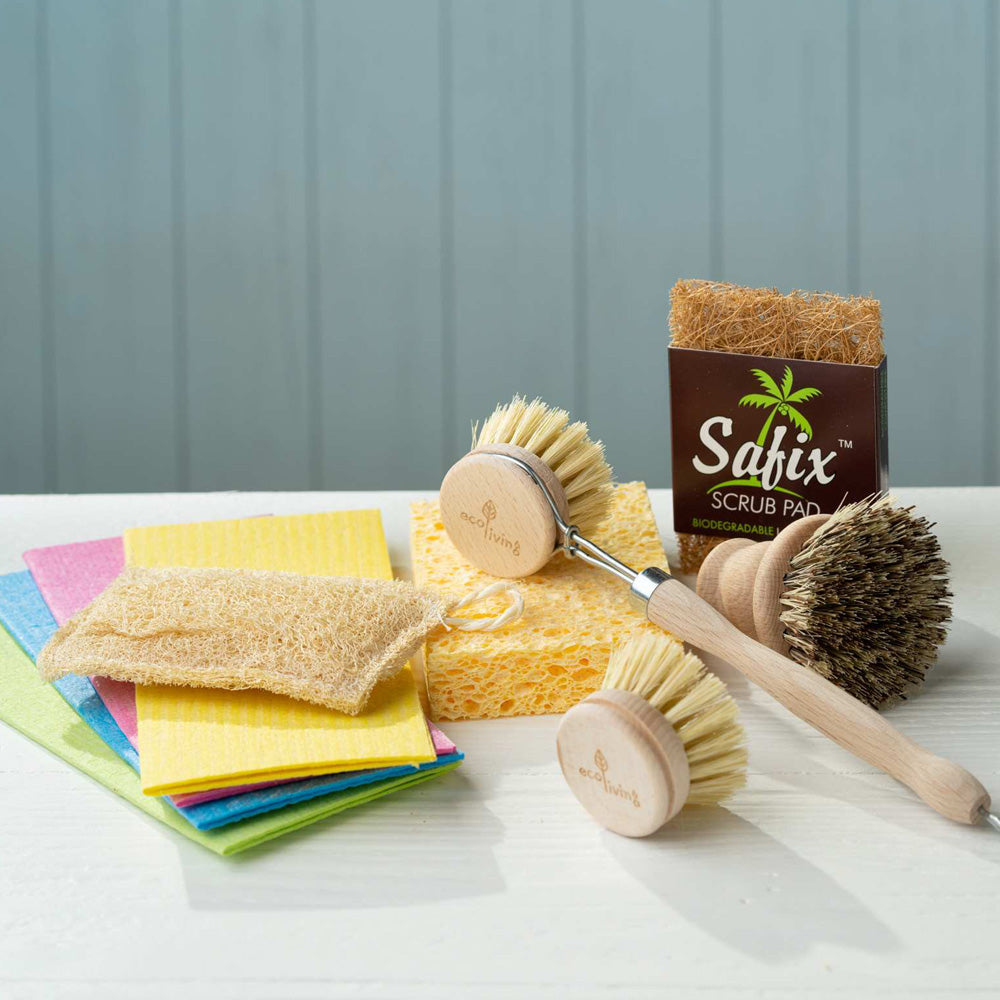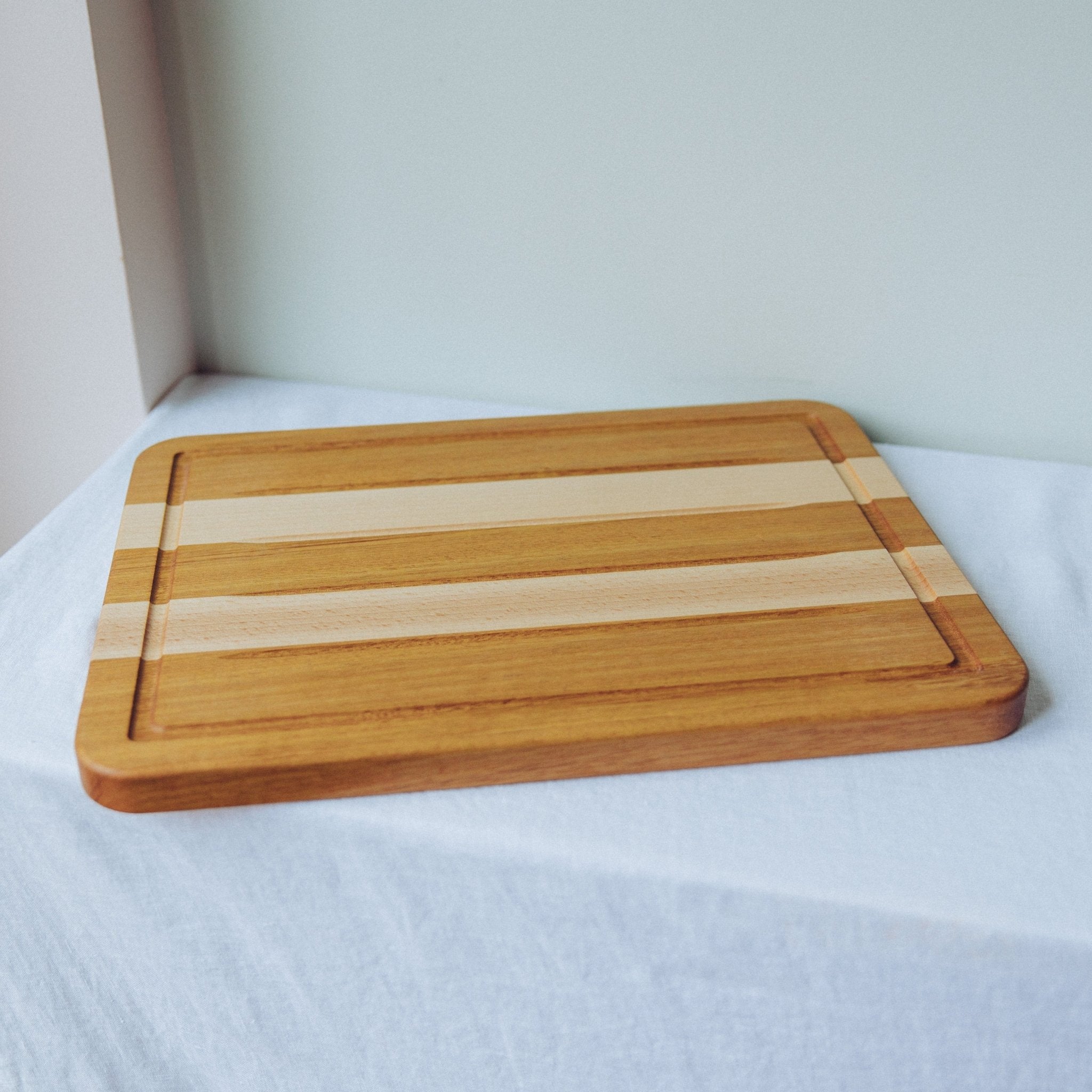FSC Certified
FSC-certified kitchenware that lasts, looks good, and does a bit of good too. Our wooden chopping boards and accessories come from responsibly managed forests, so you know they’re kinder to the planet. Sturdy, well-made and easy to live with, they bring a natural, understated warmth to your kitchen. A simple way to choose better, without making a fuss.
FSC Certified FAQs
What is the best type of chopping board for durability and longevity?
The best type of chopping board for durability and longevity is a sturdy wooden one made from dense hardwood like beech or oak, especially if it’s FSC-certified. These boards resist deep scoring, and many come with long guarantees - some up to 10 years. FSC certification means the wood is responsibly sourced. With a bit of care, such as oiling and the odd light sand, these boards can last yonks. Learn more about how we research and select our longest-lasting products.
How do I clean and maintain an FSC-certified wooden chopping board?
To clean and maintain an FSC-certified wooden chopping board, wash it by hand with warm water and mild soap - never soak or stick it in the dishwasher. Dry it straight away to avoid warping. Every few weeks, apply a food-safe oil to keep it supple and water-resistant. If it starts feeling rough, a quick sand and re-oil will bring it back to life. Read more in our full guide on how to care for your wooden chopping board.
What oil should I use to treat my wooden chopping board?
To treat your wooden chopping board, go for a food-safe mineral oil or a specialist chopping board oil made from natural ingredients. Unlike cooking oils, these won’t turn rancid and help protect the wood from drying out or cracking. Oiling once a month (or when the board looks thirsty) keeps it strong, safe, and long-lasting. Some oils even have antibacterial properties for extra peace of mind.
Which chopping board colour should I use for raw meat or fish?
For raw meat or fish, stick with a specific chopping board colour - red for meat, blue for fish is standard practice in most kitchens. If you're using wooden boards, just keep separate ones clearly labelled or in different wood tones. It helps prevent cross-contamination and keeps things tidy. A proper clean and regular oiling will keep each board safe and sturdy.
Can I make my own chopping board using FSC-certified wood?
Yes, you can absolutely make your own chopping board using FSC-certified wood - just be sure to use a food-safe hardwood like beech, walnut or maple. Choose kiln-dried, untreated timber to avoid warping or unwanted nasties. After a solid sanding, seal it with a food-safe oil to protect your handiwork. It’s a brilliant way to knock up something both sustainable and beautifully practical.
What’s the safest way to clean a wooden board without damaging it?
The safest way to clean a wooden board is a quick handwash with warm water, mild soap, and a soft brush or cloth. Rinse and dry it immediately and try not to let it sit in water - wood’s not a fan. For a deeper clean, scrub with salt or bicarb and half a lemon. It refreshes without harming the wood. For more ideas, head to our Product Care and Repair hub.
What are the benefits of choosing FSC-certified kitchen products?
Choosing FSC-certified kitchen products means you're backing sustainable forestry - trees are replanted, wildlife is protected, and forests are managed responsibly. Often made from durable hardwoods, FSC items last longer and perform better too. The FSC label is your guarantee that your purchase is both ethical and built to last. Explore more in our FSC-certified kitchenware collection.

